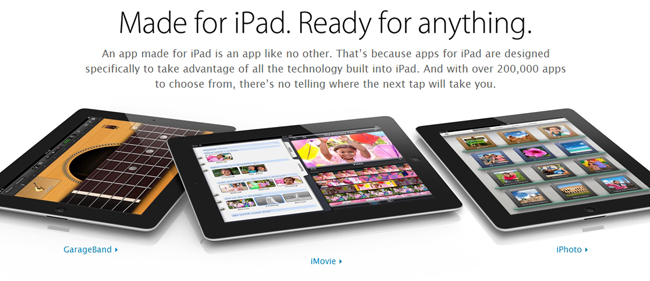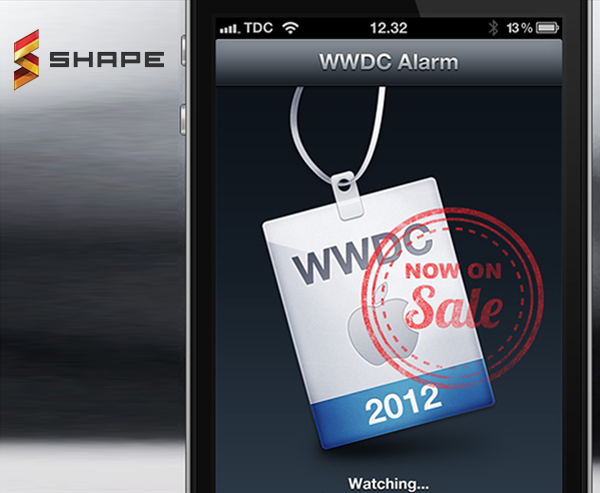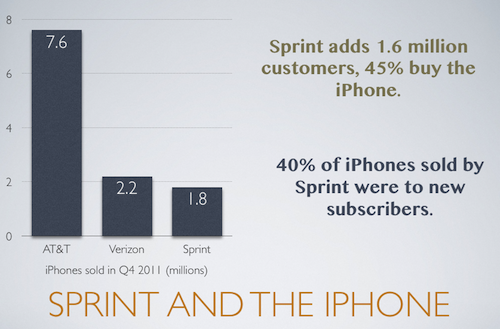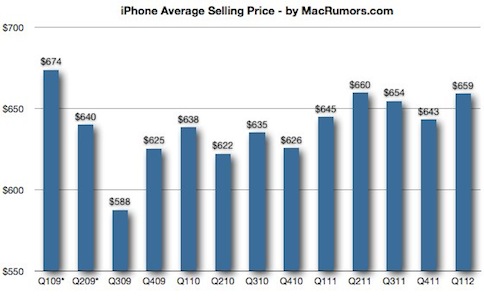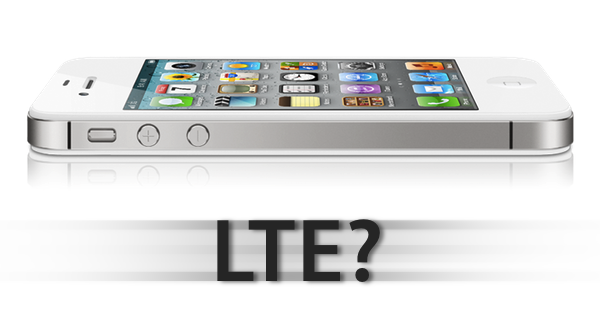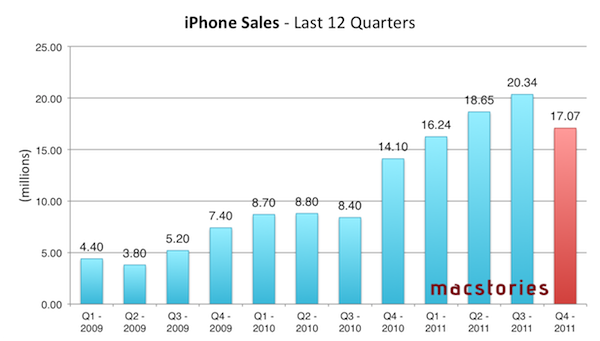Today, during Apple’s Keynote, they showed off updates for iWork, iMovie and GarageBand after revealing the new iPad. After the Keynote, many more of Apple’s iOS apps also received updates as well. All these updates are available now in support of the new iPad. Lucky for you we have the entire list (with direct links) for our loyal readers!
iOS Apps
Find My Friends 1.1:
- Support for Retina display-capable devices
- Bug Fixes
- Stability enhancements
iTunes U 1.1:
- Now designed for the spectacular Retina display on the all new iPad.
- This version also includes a number of performance improvements.
GarageBand 1.2:
- Start a Jam Session to play or record live with up to three of your friends using iPad, iPhone, or iPod touch*
- Conduct an entire string orchestra using Smart Strings
- Use the Note Editor to adjust or fine-tune any Touch Instrument recording
- Combine recordings to free up additional tracks using Track Merge
- Keep your GarageBand songs up to date across all your iOS devices with iCloud*
- Share your songs directly to Facebook, YouTube, and SoundCloud
- Perform retro and modern synth bass lines and grooves with new Smart Bass instruments
- Play synth melodies and arpeggios with new Smart Keyboard instruments
*Jam Session and iCloud are available on iPhone 4 or later, 4th generation iPod touch, and all iPad models.
iMovie 1.3:
- Create beautiful movie trailers with stunning graphics and world-class soundtracks*
- Swipe up on the playhead to freeze a frame in your video
- Preview music and sound effects in the Audio Browser
- Create a song in GarageBand and send it directly to iMovie
*Trailers are available on iPhone 4 or later and iPad 2 or later
Find My iPhone 1.4:
- Support for Retina display-capable devices
- Bug Fixes
- Stability enhancements
iBooks 2.1:
- Read books more easily with sharply detailed text on the new iPad’s amazing Retina display
- See page numbers that correspond to the printed edition of select titles
- Search for a page number to jump to a desired page with a single tap
- Use your finger as a highlighter when swiping over text
- This version also includes a number of important stability and performance improvements
Numbers 1.6: (Numbers 1.6 requires iOS 5.1 software update or later)
- Create and view stunning 3D bar, line, area, and pie charts
- Numbers 1.6 is enhanced to take advantage of the Retina display on the new iPad
- Includes performance improvements
Keynote 1.6: (Keynote 1.6 requires iOS 5.1 software update or later)
- Create and view stunning 3D bar, line, area, and pie charts
- Animate your 3D charts with Crane, Grow, Radial, Rotate, Rotate & Grow, and Z Axis builds
- Keynote 1.6 is enhanced to take advantage of the Retina display on the new iPad
- Use new builds and transitions including Iris, Shimmer, Wipe, Flame, Perspective, Swing, Object Push, Object Zoom, and Fade Through Color
- Includes performance improvements
Pages 1.6: (Pages 1.6 requires iOS 5.1 software update or later)
- Easily enter text using the landscape keyboard on iPhone and iPod touch
- Create and view stunning 3D bar, line, area, and pie charts
- Pages 1.6 is enhanced to take advantage of the Retina display on the new iPad
- Includes performance improvements
Remote 2.3:
- Support for iTunes Match on Apple TV
- Support for Retina display on iPad
Mac Apps
Xcode 4.3.1:
- Includes SDKs for Mac OS X 10.7 Lion and iOS 5.1
- New code signing workflow supports signing OS X apps with Developer ID
- Adds installation of command-line tools to the Downloads preference pane
- Open Developer Tool menu launches Instruments, File Merge, and other tools
- ARC migration tool converts both retain/release and garbage collected code
- Additional bug fixes and stability improvements
iBooks Author 1.1:
- iBooks Author 1.1 is enhanced to create books that take advantage of the Retina display on the new iPad
- Includes performance and stability improvements
iPhoto 9.2.2:
- Photos can now be deleted from Photo Stream


